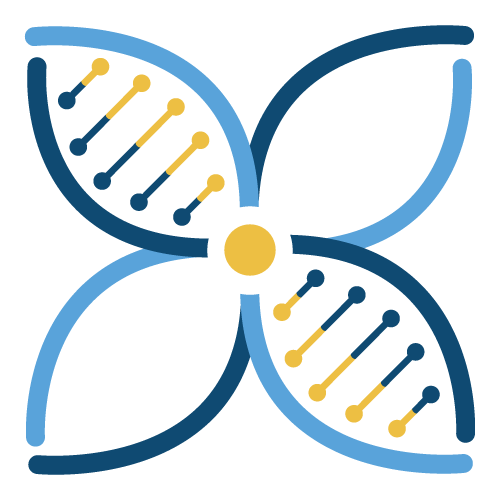About Bloom Syndrome
Overview & Symptoms

Bloom syndrome is an ultra-rare genetic disorder which leads to instability in a person’s DNA. The syndrome is autosomal recessive, which means a person must inherit a deficient Bloom syndrome gene (BLM) from both parents to be affected. Individuals having only one copy of a deficient BLM gene are “carriers,” and can pass the carrier gene on to their children, but are not affected with Bloom syndrome.
The most common and overall consistent symptom of Bloom syndrome is small size. Other clinical symptoms may include:
- Sensitivity to sunlight, resulting in rash or blistering on the face and hands
- Café au lait spots on the skin
- Feeding disinterest or difficulties, particularly in infancy and early toddlerhood
- Immune-system deficiencies
- Frequent or chronic respiratory illness
- Recurrent ear infections
- Decreased or absent fertility
- Diabetes
Of most serious concern, individuals with Bloom syndrome are also at an increased risk for developing cancers due to their genetic instability.
The BSA recommends this reputable resource for an authoritative clinical description of Bloom syndrome:
Questions about what this means? Check out the Deeper Dive page.
For more information on these symptoms in layperson language, please see the Patient & Family Handbook.
